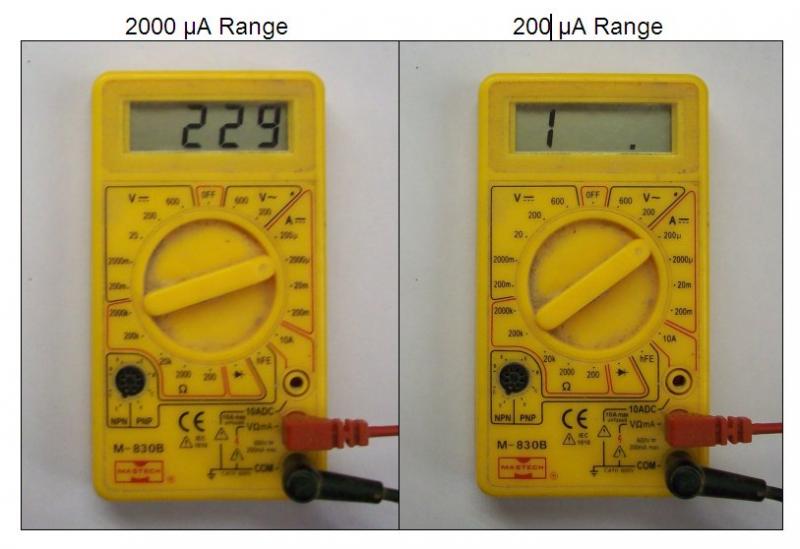Sorry....I've been AFK trying to stem the flood of tears after that cruel, hard insult from Monkeh....
My eyes are not so good. Even when they're not full of tears....
Sorry.
The LED's certainly don't go out, but they may well dim a bit!
Interesting. Either the current is below the resolution of the meter, or the pulsing is too fast for the update rate.


